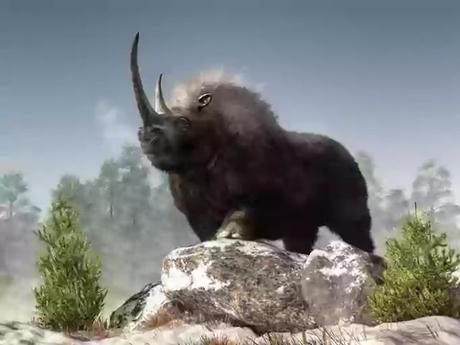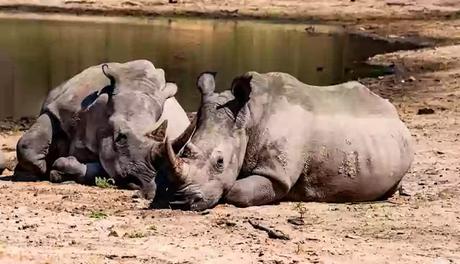
photo credit: Getty Images
In the grasslands of Eurasia, a giant with a prominent horn on its forehead may have given rise to the myth of unicorns.
39,000 years ago, a sizable rhinoceros survived the low temperatures of northern Europe and Asia. In addition to the thick mat of fur that covered its skin, and its impressive dimensions, this prehistoric animal was characterized by a bony protrusion in the middle of the forehead. It is believed that the Siberian unicorn may have been the animal that gave rise to the mythical version in the form of a horse.
Prehistoric unicorns: muscular and massive animals

A reconstruction of what a Siberian unicorn would look like, by Heinrich Harder in 1908 Image: Heinrich Harder / Wikimedia Commons
Despite its size, the Siberian unicorn - as it is colloquially known - was a very picky eater. This could have been one of the causes of its extinction, approximately 10 thousand years ago. It is also possible that these beasts of the Eurasian prairies have coexisted with humans.
Unlike contemporary rhinos, Siberian unicorns belong to a genus of giant, muscular animals. It is estimated that the last living specimen inhabited the planet about 100 years ago. Previously, it was thought to have become extinct during the early and middle Pleistocene period.
However, new empirical evidence suggests that this was not the case. From studies of the fossilized molars of these ancient unicorns, a team of scientists determined that they lasted until the fourth ice age. This could suggest that rhinos disappeared due to climate change at the time, which isolated them from their primary food sources.
Tips for the protection of contemporary rhinos

Two contemporary rhinos lounging in the sun in Africa. Photo: Getty Images
Changes in the planet's temperature substantially modified its environment. As E. Sibericum — as these prehistoric rhinos are known by their scientific name — fed mainly on the vegetation in the area, it was impossible for them to adapt to the rapid changes in the environment.
Little by little, these giant beasts saw their end, as a consequence of a lack of sufficient food for their massive bodies. This was not the case for some species of antelope and other smaller rhinos, which were able to adapt and survive to this day. They managed to evolve to eat a different diet, as they foraged and grazed on a variety of plants.
For the Siberian unicorns, this was made more difficult by their anatomical constitution. Thanks to the large horn on their faces, their heads were positioned even lower than those of other animals, so they could only graze in places with vegetation at ground level. This severely limited their access to other food sources and led to their disappearance.
The findings regarding this behavior, however, shed light on how we can protect contemporary rhinoceros species, which still inhabit the Earth. Although in danger of extinction, conservation efforts worldwide should consider that vegetation is a key piece to prevent today's rhinos from suffering the same fate as their ancestors.

